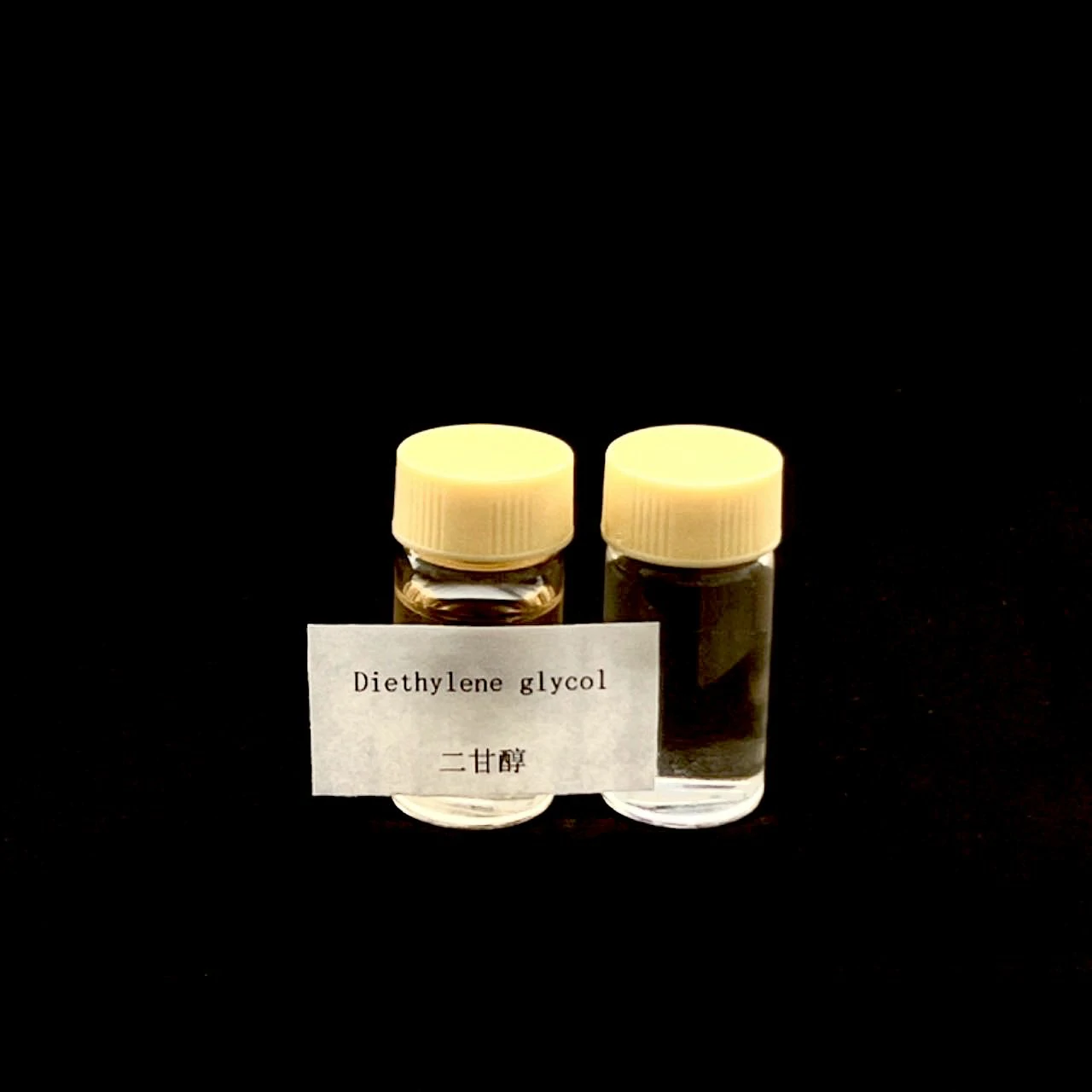Diethylene glycol (DEG) has several applications in the paper and pulp industry, primarily due to its properties as a solvent, humectant, and viscosity modifier. Its contributions include:
- Humectant and Moisture Control: DEG is used as a humectant in paper processing. It helps control and maintain moisture levels in paper products during production, preventing them from becoming too dry or too brittle.
- Solvent and Coating Additive: DEG serves as a solvent for various additives used in paper coatings and treatments. It aids in the dissolution and dispersion of pigments, dyes, resins, and other additives, contributing to the formulation of coatings for improved printability, surface smoothness, and color vibrancy.
- Viscosity Modifier: It functions as a viscosity modifier in the formulation of paper coatings, inks, and adhesives. DEG helps control the viscosity of these formulations, ensuring proper application and adherence to paper surfaces.
- Softening Agent: DEG can act as a softening agent in paper and pulp processing. It may help improve the flexibility and handling characteristics of paper products.
- Antifreeze Agent: In colder climates where freezing temperatures pose a risk, DEG might be used as an antifreeze additive in water-based systems, ensuring that the water used in paper processing remains liquid and doesn’t freeze.
- Polymer Processing Aid: DEG is also used in the production of certain paper-related polymers or as a processing aid in the synthesis of additives used in paper treatments or coatings.
- Humidity Control in Paper Storage: DEG is sometimes utilized in storage environments to help control humidity levels and prevent moisture-related damage to stored paper products.
While DEG offers benefits in the paper and pulp industry, its usage needs to be carefully controlled due to potential health and safety concerns. China Diethylene Glycol manufacturers Strict adherence to recommended concentrations and regulatory guidelines is crucial to ensure the safe and effective utilization of DEG in paper processing applications.
What role does Diethylene Glycol play in the textile industry?
Diethylene glycol (DEG) finds several applications in the textile industry due to its properties as a solvent, humectant, and viscosity modifier. Its contributions include:
- Dyeing and Printing: DEG is used as a solvent and carrier for dyes and pigments in textile dyeing and printing processes. It aids in dissolving dyes and helps ensure their uniform application onto fabrics, contributing to vibrant and even coloring.
- Finishing and Coating: In textile finishing processes, DEG serves as a solvent or dispersant for various finishing agents or coatings applied to fabrics. It aids in the dispersion of additives, ensuring they are evenly distributed over the fabric surface for functionalities such as wrinkle resistance, water repellency, or flame retardancy.
- Humectant and Softening Agent: DEG functions as a humectant in textile applications, helping to maintain moisture levels in fibers and fabrics during processing. It can also act as a softening agent, enhancing the flexibility and feel of textiles.
- Viscosity Modifier: Similar to its role in the paper industry, DEG serves as a viscosity modifier in textile formulations. It helps control the viscosity of dye solutions, printing pastes, and coating formulations, ensuring proper application onto textile surfaces.
- Antifreeze Agent: In textile processing facilities operating in cold climates, DEG may be used as an antifreeze additive in water-based systems to prevent freezing of water used in various textile processes.
- Polymer Processing Aid: DEG is utilized in the production of certain textile-related polymers or as a processing aid in the synthesis of additives used in textile treatments and coatings.
- Humidity Control in Textile Storage: DEG might be used in storage environments to help control humidity levels and prevent moisture-related damage to stored textiles.
DEG plays a significant role in the textile industry by contributing to various stages of textile processing, from dyeing and printing to finishing and coating. However, as with any chemical used in industrial processes, careful handling, adherence to recommended concentrations, and compliance with safety guidelines are crucial to ensure the safe and effective use of DEG in textile applications.
